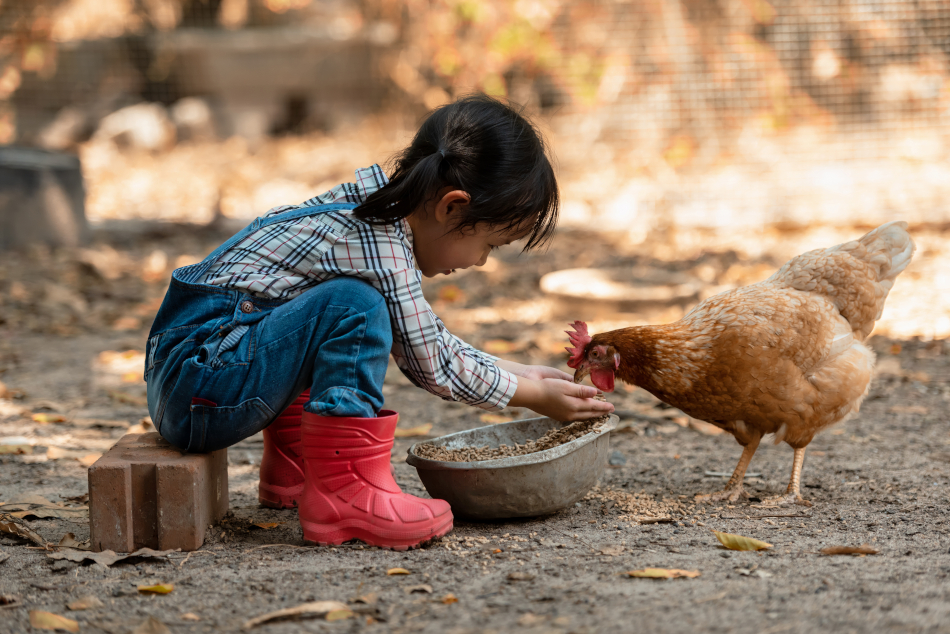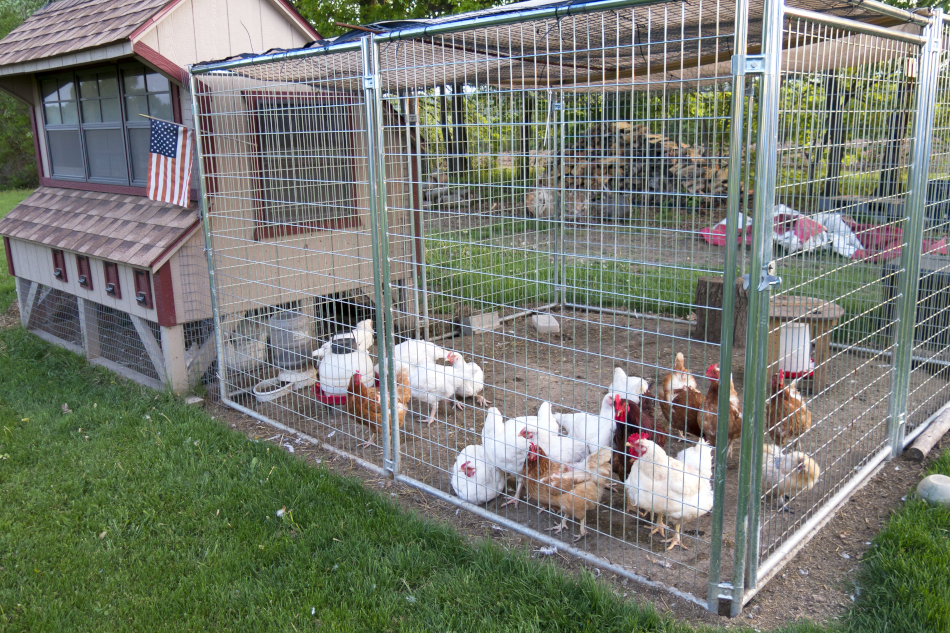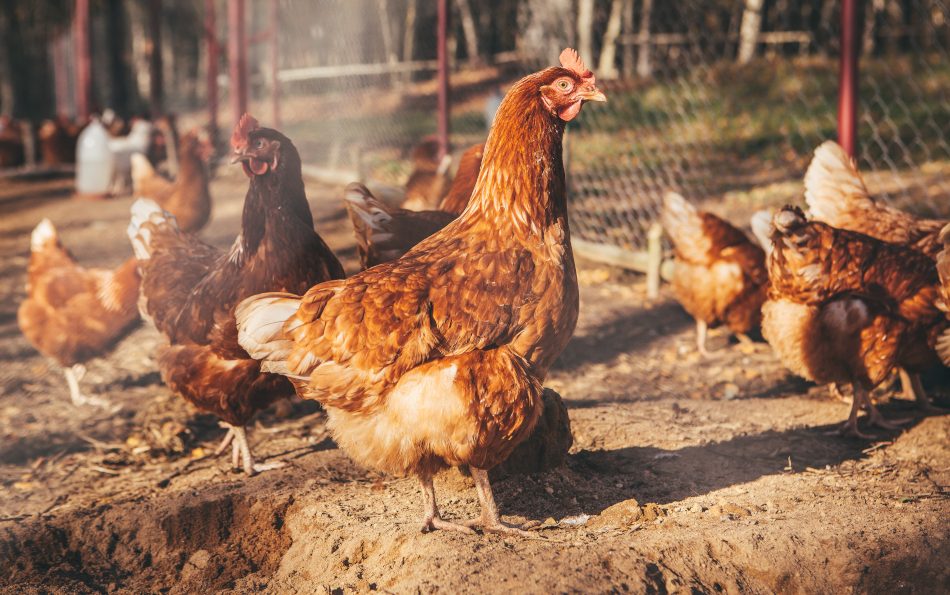How to Keep Rodents and Wildlife Out of the Chicken Coop
Rodents are a problem for Canadian farmers, gardeners, and keepers of chicken. They are very good at hiding and they reproduce faster than most of us can keep up. Besides the messes they can make, it is important that you keep rodents away from your livestock because they are carriers of disease. Rodents spread harmful pathogens that can infect both humans and animals.
Mice and rats are attracted to barns and chicken coops for their warmth, security, and easy access to food. If you’ve started a hobby farm, you may be wondering how to keep them out. The key is to physically exclude them from the coop and to keep food out of reach. The following lists what you can do to keep rodents and other creatures out of the chicken coop, so your chickens can be safe.

1. Exclude the chicken coop
The first thing you should do when managing rodents is to block the pests out of the coop. Seal up any gaps you find in the structure of the coop so that mice and rats cannot get in. Remember that mice can squeeze through gaps only 6mm wide. Use caulking or mesh to fill in the gaps.
Ideally, your chicken coop should be above ground. Rats are burrowers that dig tunnels to get around. Dig a trench around your chicken run, then secure a mesh along the sides of the fence. Ensure the mesh is at least a foot deep into the ground to prevent rats from digging through. Use a quarter-inch, 16-gauge, galvanized steel mesh or similar. Bury the mesh when you’re done. For bonus protection, you can cover the ground with concrete.
2. Store feed in sealed containers
Proper feed storage is a must. Store feed in airtight containers and keep them in a shed, out of reach. The better the seal, the less it will smell to rodents. Use heavy plastic or metal containers that cannot be chewed through and place the containers above ground, in a cool, dry place. Remove feed from the chicken run at night so you do not attract predators.
3. Switch to an automatic chicken feeder
Some feeders are designed to reduce waste and lessen the risk of a pest problem. Check out covered automatic feeders that open only when they are triggered. It is only when a hen steps onto the platform that the feeder’s lid opens, and the chicken can feed. These feeders require a little training upfront for the chickens to understand, but they will get the hang of it in no time.
4. Clean regularly
Every night, remove wasted and extra feed and throw it out or use it for compost. Pick up spilled feet as best as you can. You should also clean up droppings from your dropping boards every day and clean up the floor of your run if you have one. Rodents are just as likely to eat droppings as they are to eat feed. Deep clean the coop every 6 months and keep it clean.
5. Maintain the yard
Mice and rats love clutter and foliage where they can hide. So, it’s important that you maintain the exterior of the chicken coop as well. Pull weeds, mow the lawn, rake the leaves, and keep the yard and garden as tidy as you can. Keep woodpiles away from the chicken coop. If you grow fruits and vegetables, cover them in an ultra-fine mesh to help keep pests out. Harvest your produce on time and don’t let anything rot on the ground.
6. Use proper fencing

Rodents, raccoons, and other animals can tear through chicken wire. If you want to keep rodents out, the best fencing consists of welded, galvanized steel mesh. Use a 16-gauge, quarter-inch mesh so that rodents cannot chew through. Use this same material to secure the perimeter of the run, one foot underground.



